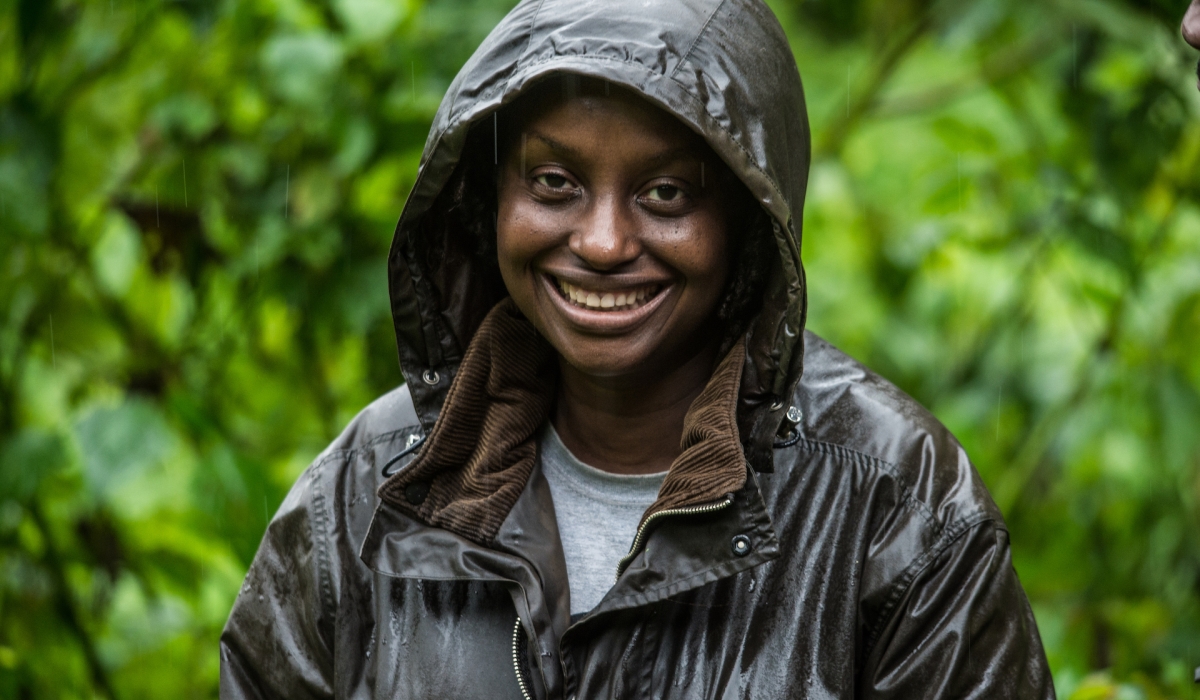SOURCE: The New Times

In a newly released book penned by Uganda’s first gorilla veterinarian Gladys Kalema-Zikusoka, she hinted on the role that Rwanda had in her early days of getting into the profession.
ALSO READ: Treating mountain gorillas: The story of Dr. Julius Nziza
Kalema-Zikusoka, 53, is a celebrated gorilla vet who won the Whitley Gold Award in 2009, in addition to being named a United Nations Environment Programme’s Champion of the Earth for Science and Innovation for her work with the One Health initiative in 2021.
Titled “Walking with Gorillas: The Journey of an African Wildlife Vet,” the book tells the remarkable story of her animal-loving childhood to her career protecting endangered mountain gorillas and more wild animals.
It takes the reader on a journey with Kalema-Zikusoka, from her early days as a student in Uganda, enduring the assassination of her father during a military coup, to her veterinarian education in England to establishing the first veterinary department for the Ugandan government to founding Conservation Through Public Health (CTPH), one of the first organizations in the world that enable people to coexist with wildlife through improving the health and wellbeing of both.

In one of the chapters, she says her first experience of treating wild gorillas was in Rwanda.
Having graduated from the U.K and returned to her native Uganda as a young wildlife vet in the 1990s, she was invited by Liz Macfie who was then the Uganda country director of the International Gorilla Conservation Programme (IGCP) to go with her to Rwanda to rescue an infant gorilla from a snare.
“Because Liz was living in Kabale, a six-hour drive from Kampala, I got on a public bus to meet her at their offices before we drove ten kilometers to Gatuna at the Uganda and Rwanda border,” she narrates.
When she got to Kabale, Liz collected her from the bus station, and they crossed the border to Rwanda.
“These were the green undulating hills where the late Dr. Dian Fossey had set up a long-term study of the mountain gorillas. Though the director of the Office rwandais du tourisme et des parcs nationaux (ORTPN) mainly spoke French, I was able to pick up his comment that I looked too young to be a veterinary officer,” she recollects.
They stayed in Kigali for that night. The following morning, they got up early and collected Dr. Tony Mudakikwa, a Rwandan vet who was working with the Mountain Gorilla Veterinary Project (MGVP). After this, they headed to the wild to save the infant gorilla.
ALSO READ: Rwanda extends gorilla trekking promotional prices
“It was my first veterinary intervention with wild gorillas. I had been involved in treating captive animals at London Zoo, but not in the wild. When we got to the park headquarters at the base of the Volcano National Park, we gathered together some rangers, trackers, and porters to carry the veterinary equipment,” she recounts.
The equipment included a dart pistol and blowpipe with carbon dioxide cartridges to power the pistol, pliers to cut the snare, and a vet kit containing thermometers, stethoscopes, darts, syringes, needles, anesthetic drugs, anti-inflammatories, and antibiotics along with cotton balls, surgical kit, suture material, masks and gloves.
“We started to hike up the mountain. After one hour, we found the gorillas. Immediately the trackers started to make the comforting grunts with which I had become familiar in Bwindi. The Virunga mountain gorillas were slightly larger than the Bwindi mountain gorillas and more habituated, enabling us to get much closer.”
“The trackers showed us the snared infant gorilla, about four years old, that had a rope cut into his lower arm, a devastating effect of poaching, even if the snare was not intended for the gorillas, but for duiker and bush pigs that people like to eat.”
Liz and Tony prepared the dart while Kalema-Zikusoka passed on to them the syringe and needle as well as the anesthetic drug that they had to use. They walked in single file toward the gorillas, with Liz and Tony leading the team.
They successfully accomplished the mission of rescuing the infant gorilla, despite the fact that it involved challenges like having to keep its protective family members away, while the treatment was being administered.
From such beginnings, Kalema-Zikusooka has gone on to be a top wildlife vet in Africa and with her experience, she is an asset for the mountain conservation efforts in the three countries where they are found – Rwanda, Uganda and the DR Congo.



